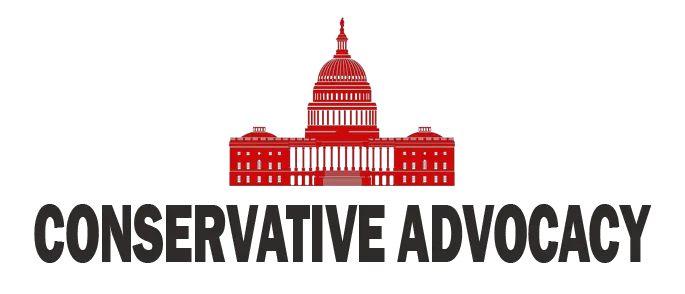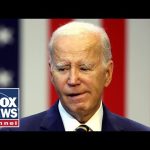In an exciting turn of events, President Trump is set to meet with European Union leaders to discuss some pretty important issues, particularly concerning tariffs and immigration. The stakes are high, and many are wondering what could come out of this crucial conversation. The primary aim is to find a way to avoid those dreaded escalatory tariffs that often lead to economic trouble for both sides. Trump has made it clear that he’s been feeling a bit frustrated about the progress in these discussions, but there’s hope that this meeting could set a positive framework for future cooperation between the U.S. and the EU.
One of the hot topics on the agenda is immigration. During his recent visit to Scotland, President Trump pointedly remarked that Europe needs to get its act together regarding immigration or risk losing its essence. This straightforward approach has sparked a lot of discussions across the pond. Many in Europe are concerned about the large influx of migrants over the past decade, especially during the huge wave from Syria and Africa back in 2015. The challenges that new immigrants face—like language barriers and cultural differences—have created tensions within communities. Trump’s message suggests that regulating migration is key to preserving Europe’s cultural identity.
The European Union, however, operates on a different principle where crossing into one member country allows entry into others without much hassle at the borders. This system has allowed for greater ease of travel and trade, but it has also posed challenges for maintaining security at the EU’s external borders. Amid this discussion, many agree that a collective effort is needed to strengthen border controls. Currently, some countries like Greece, Italy, and Spain have been on the front lines, bearing the brunt of the migration crisis. Organizations within the EU need to work together to improve their borders and share the responsibility more evenly.
Interestingly enough, when Trump landed in Scotland, thousands of fans turned out to catch a glimpse of him. This level of enthusiasm isn’t something that happens every day for every American president. Trump’s larger-than-life persona and previous investments in the region undoubtedly contributed to this spectacle. In fact, previous presidents like Obama and Bush have also drawn crowds abroad, showing that interest in American leaders transcends national lines.
On another front, NATO is another area where Trump’s administration has made significant waves. By insisting that member countries increase their defense spending, he has shifted the burden away from American taxpayers. Now, other nations are putting down dollars to buy American weapons and ammunition to support Ukraine. This move not only bolsters NATO’s military capabilities but also opens the door for further collaboration between NATO and Ukraine, potentially enhancing air defense strategies. Many believe that if Russia were to gain the upper hand in Ukraine, NATO would have to deal with the consequences sooner or later, making these developments crucial for European security.
In conclusion, President Trump’s meeting with EU leaders could pave the way for important changes in tariffs, immigration policies, and defense strategies. With such significant discussions on the horizon, both sides have a lot at stake. It will be intriguing to see what comes out of this meeting and whether this framework will foster a stronger relationship between the U.S. and Europe in the years to come.




